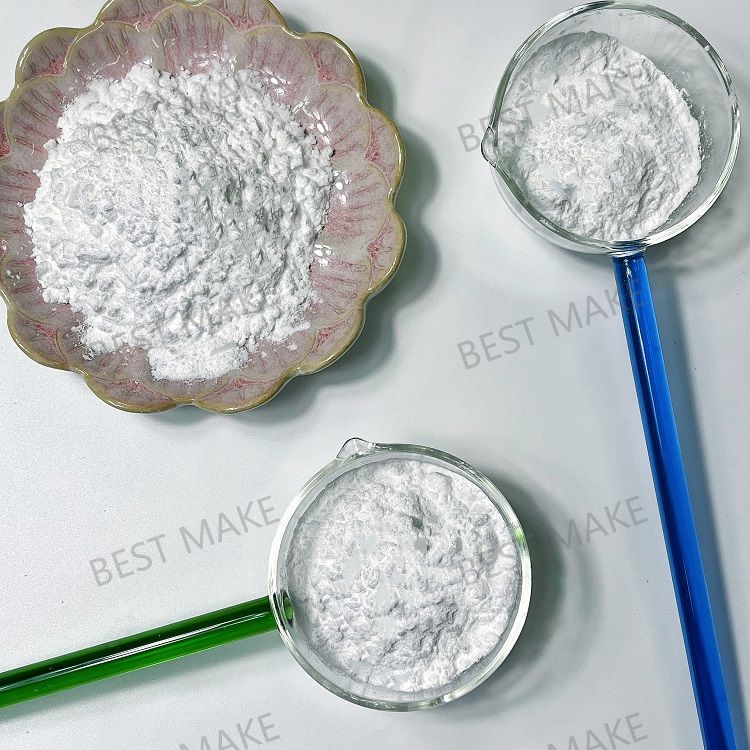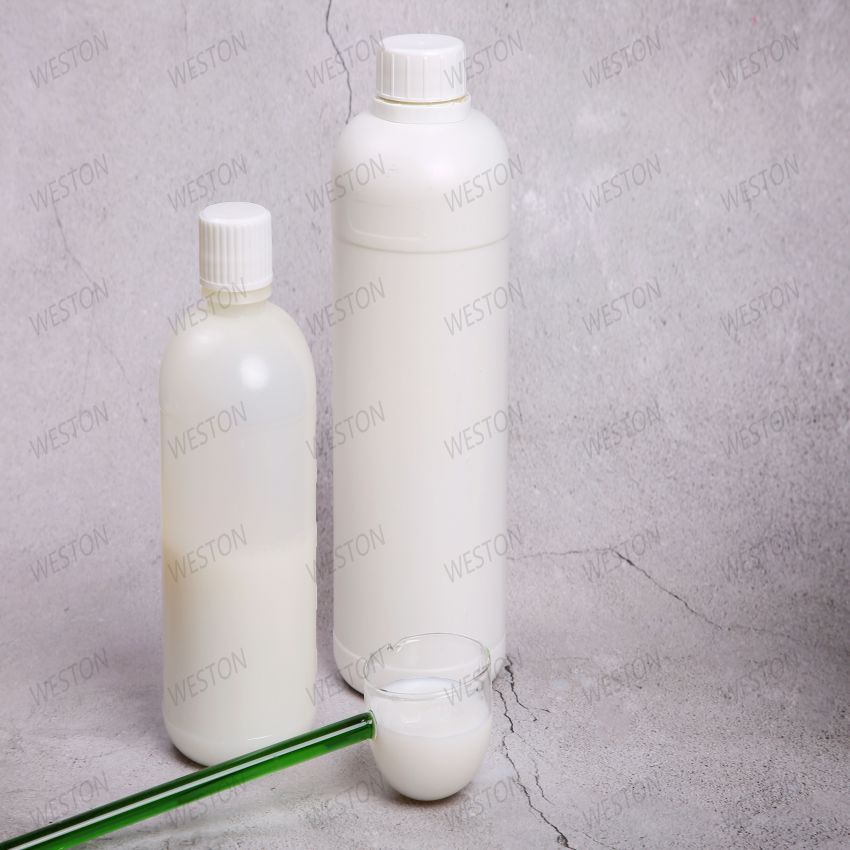-
Categories
-
Pharmaceutical Intermediates
-
Active Pharmaceutical Ingredients
-
Food Additives
- Industrial Coatings
- Agrochemicals
- Dyes and Pigments
- Surfactant
- Flavors and Fragrances
- Chemical Reagents
- Catalyst and Auxiliary
- Natural Products
- Inorganic Chemistry
-
Organic Chemistry
-
Biochemical Engineering
- Analytical Chemistry
- Cosmetic Ingredient
-
Pharmaceutical Intermediates
Promotion
ECHEMI Mall
Wholesale
Weekly Price
Exhibition
News
-
Trade Service
(5) Concentration method
After the sample is extracted and purified, the sample liquid usually has a large volume, so it needs to be concentrated before the measurement to increase the concentration of the measured component.
(1) The atmospheric concentration method is mainly used for the concentration of the sample solution whose test component is non-volatile, usually using an evaporating dish to volatilize directly
(2) The vacuum concentration method is mainly used for the concentration of samples that are thermally unstable or volatile.
Figure 1-7 Installation diagram of rotary evaporator
Figure 1-8 KD concentrator device diagram
(6) Chromatographic separation method
Chromatographic separation is a series of methods to separate the components to be tested in a sample on a carrier.
(1) Adsorption Chromatographic Separation Adsorption chromatographic separation uses adsorbents such as polyamide , silica gel, diatomaceous earth, alumina, etc.
(2) Partition Chromatography Separation partition chromatography is a method that uses the difference in the partition coefficients of substances between two phases to achieve separation
Figure 1-9 Chromatographic separation device diagram of distribution chromatography
(3) Ion exchange chromatography separation Ion exchange chromatography is a separation method that uses an ion exchanger to exchange anions and cations in a solution.
Cation exchange: R & lt H-M + + X- - = the HX + RM
Anion exchange: R & lt OH-M + + X- - = X-R & lt-of MOH +
In the formula, R-the matrix of the ion exchanger
MX-the substance to be exchanged in the solution
When the measured ion solution is mixed and oscillated with the ion exchanger, or the sample solution is slowly passed through an ion exchange column made of ion exchangers, the measured ion or interfering ion will interact with the H + or OH - on the ion exchanger.







